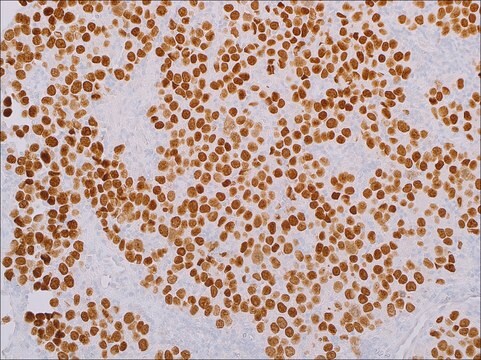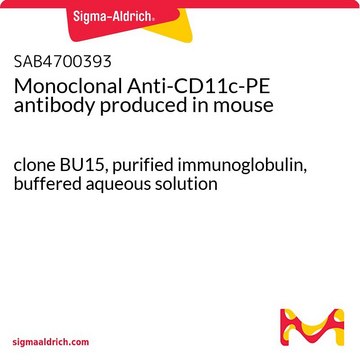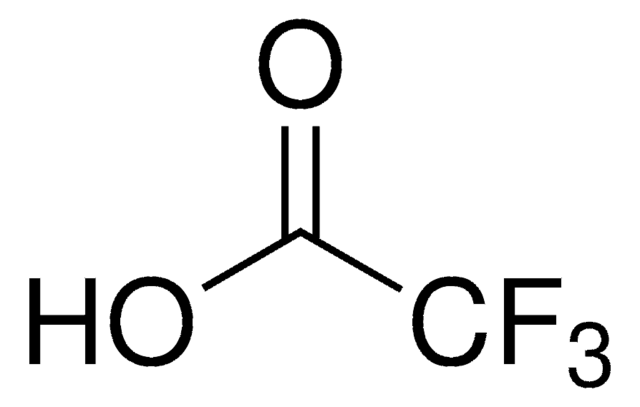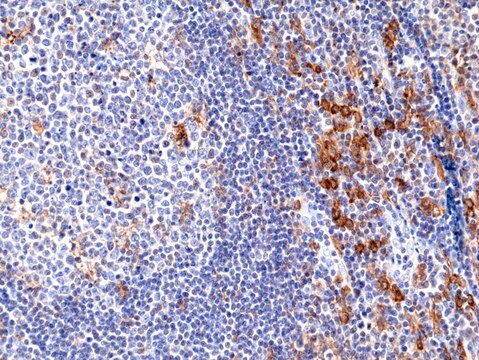詳細
CD33 (gp67, or siglec-3) is a 67 kDa glycosylated transmembrane protein that is a member of the sialic acid-binding immunoglobulin-like lectin (siglec) family. The genomic locus of this protein has been mapped to chromosome 1 9q1 3.1-3.5. In maturing granulocytic cells, there is progressive down-regulation of CD33 from the blast stage to mature neutrophils. However, in monocytes and macrophages/histiocytes, strong expression of CD33 is maintained throughout maturation. Therefore, the positive control tissue should be bone marrow myeloid cells (especially myeloid precursors), liver Kupffer cells, lung alveolar macrophages, or placental syncytiotrophoblasts. Detection of CD33 using monoclonal antibodies has been a critical component in immunophenotyping acute leukemias, particularly acute myeloid leukemias. This anti-CD33 may be particularly advantageous for cases of acute myeloid leukemia, minimally differentiated (AML-M0) and acute monocytic leukemia (AML-M5), in which other paraffin section markers of myeloid differentiation (such as anti-myeloperoxidase) may be negative. However, anti-CD33 staining cannot be used in isolation and must be correlated with other myeloid and lymphoid markers because cases of myeloid antigen-positive acute lymphoblastic leukemia may show bona fide CD33 expression. In characterizing a blast population, this antibody seems to be most useful when the percentage of blasts is high, such as in acute leukemias. It is not a helpful marker in estimating the percentage of blasts, such as in myelodysplastic syndromes or chronic myeloproliferative disorders, because other early granulocytic precursors such as promyelocytes and myelocytes will also stain with anti-CD33. Acute myeloid leukemias that involve extramedullary tissues frequently have monocytic differentiation. A definitive immunophenotype is often difficult to obtain because these cases may be negative or only focally positive for myeloperoxidase, and the currently available monocytic markers (anti-CD68 and anti-lysozyme) have limited specificity. All cases of myeloid sarcoma in this study showed anti-CD33 positivity in the myeloid and monocytic subsets, allowing for easy interpretation. The excellent sensitivity and specificity for myelomonocytic lineage makes this anti-CD33 a useful diagnostic marker for myeloid sarcoma. In addition, this anti-CD33 may be useful in determining CD33 expression on previous paraffin-embedded material if flow cytometry studies were not initially performed in patients with acute leukemia. Analysis of CD33 expression in paraffin-embedded bone marrow biopsy specimens provides another alternative when evaluating acute leukemias.













